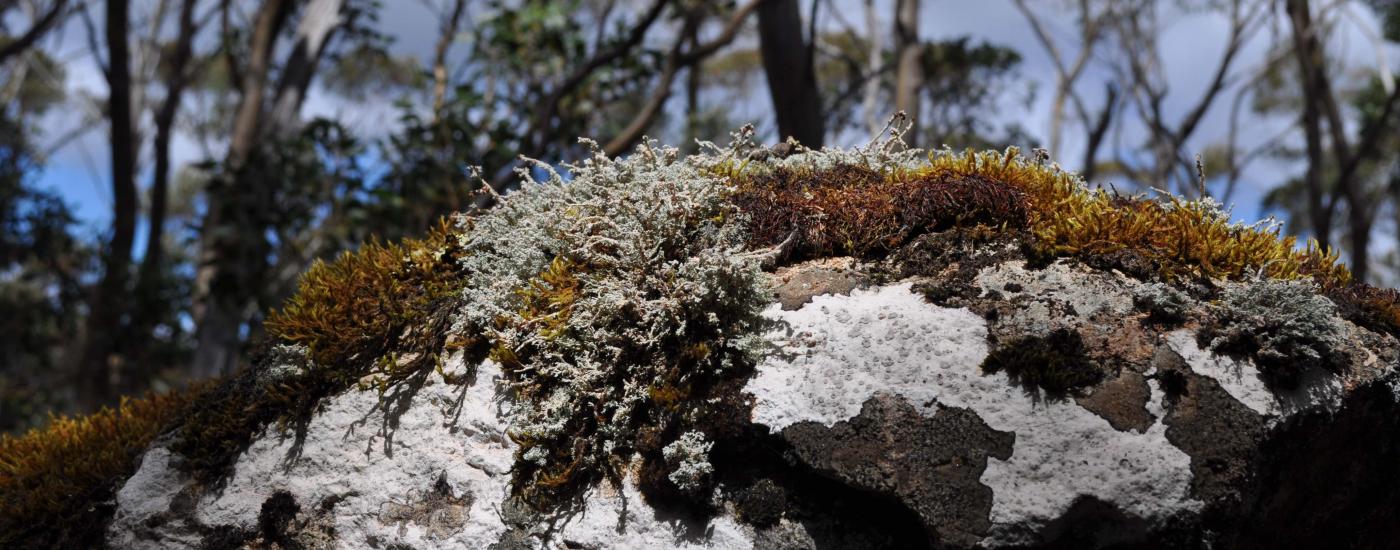You are here
Our History

Image: Mt Field National Park, Tasmania, Emily Chapman-Searle
The Religious Society of Friends had its origin in England in the seventeenth century. It sprang from the religious experience of George Fox, but numbers of Seekers had already separated themselves from the churches and were meeting together for worship without any ordained priests or ministers, and without the use of any rites such as baptism or the eucharist. The basis of their worship was silently waiting upon God. Many of the Seekers turned to Fox as their leader, and in course of time the Religious Society of Friends emerged.
The First Quakers in Australia
The first Quaker on Australian soil was Sydney Parkinson, an artist employed by the botanist Joseph Banks, sailing with James Cook. They landed briefly in 1770.
Sending convicts to British colonies was introduced by King Charles II of England 'for preventing dangers that may arise from certain persons called Quakers'. But very few of the Convicts sent to Botany Bay were Quakers, they were usually sad cases who would now be treated for alcoholism or mental illness. However, two Quakers appear in the NSW muster (census) of 1828.
English Quaker Elizabeth Fry and her helpers visited every convict ship of women prisoners. They provided them with something useful to do on the long tedious voyage to Botany Bay, such as needles and cotton and handiwork.
It was not until 1832 that Quakers formalised their presence in Australia, as a result of a visit by two English Friends, James Backhouse and George Washington Walker. They were sent by British friends on a six-year journey around south-east Australia to enquire into the condition of the penal settlements and the welfare of the Aborigines and free settlers. They also drew together the few members of the Society in Van Diemen's Land and New South Wales in regular Meetings for Worship.
The number of Friends in Australia increased during the 1840s and the 1850s, at the end of the gold rush decade. In 1861, London Yearly Meeting formally recognised the Meetings in Hobart, Melbourne and Adelaide. Later came recognition of the Meetings in Sydney, Brisbane, Rockhampton and Ballarat.
By the 1880s Quakers had established The Friends' School in Hobart, the Elizabeth Fry retreat for 'fallen women' in Melbourne, and the Gospel Temperance Hall in Adelaide. The Peace Movement was launched in 1888.
Initially, a General Meeting for Australia was established as a Quarterly Meeting of London Yearly Meeting. In 1964, under the Clerkship of David Hodgkin, Friends in Australia became an independent Yearly Meeting with its own Handbook of Practice and Procedure.
Quaker Biographies
The Australian Quaker Biographies page includes information about nearly 1,400 people who have been associated with Quakers in Australia over the last 200 years, as well as a few international Quakers.
Quakers in Australia Today
There are about a half a million Quakers worldwide. In Australia, there are around 1000 members and about 1000 attenders, i.e. people who worship with Quakers regularly but who have not applied for membership. Quakers continue to take action for peace and justice for all people, and the service arm, Quaker Service Australia provides development assistance within Australia, Asia and Africa.
Other Resources for Quaker History
The National Library of Australia holds archives on Australian Quakers, as does the University of Tasmania.
The History & Origin of Quakers is a comprehensive document by Monika Smith, from NSW Regional Meeting.
Quakers in Brief is an over-view of the Quaker movement from 1650 to 1990, by David M. Murray-Rust, Birkenhead Meeting, Merseyside, UK 1995.
The World War I Exhibition illustrates the experience of Quakers facing the challenges of WW1. It pays tribute to the courage of those people and communities (not just Quakers) who expressed their faith and conviction in opposing war and in working for peace, and highlights the need for our continuing commitment to peace-making and nonviolent resolution of conflicts. This exhibition was prepared in 2014 by the Religious Society of Friends (Quakers) in NSW.
The article Paxton, a haven of peace during WWII, by Bill Metcalf, about a small Quaker commune, known as Paxton (peace-town, or place-of-peace) near Brisbane Queensland started in 1940, which provided a safe haven for Australian conscientious objectors seeking to avoid conscription, and for respite following terms of imprisonment.
The article Friends Farm: Australia's first Quaker commune , by Bill Metcalf, published in the Journal of Religious History, which was established in 1869 on what is now Queensland’s Sunshine Coast. This group was led by Alfred Allen, a Quaker from Sydney.
